Iceland‘s beauty leaves no one indifferent. The waterfalls, the geysers, volcanos, glaciers and much more. It is a magical country, and it definitely deserves to be visited! One of the places I liked the most was Silfra, a fissure between two tectonic plates where one can dive! Yes, diving between two tectonic places, an incredible experience that I recommend to all!
Some curiosities about Silfra Fissure
Unlike most people think when they visit the Þingvellir National Park, the Silfra Fissure does not exist for thousands of years. This is one of the most fantastic features of Iceland, their geography is constantly changing, to a point that you can even see these changes during a lifetime. Unlike what we are used to, that everything has thousand of years.
Silfra Fissure is quite “young”, it is just about 250 years old! It was formed in 1789 after an earthquake and the divergent movement between the two tectonic plates. This fissure expands 2 cm per year, it isn’t noticeable at naked eye, but those who live and work there can see this difference.
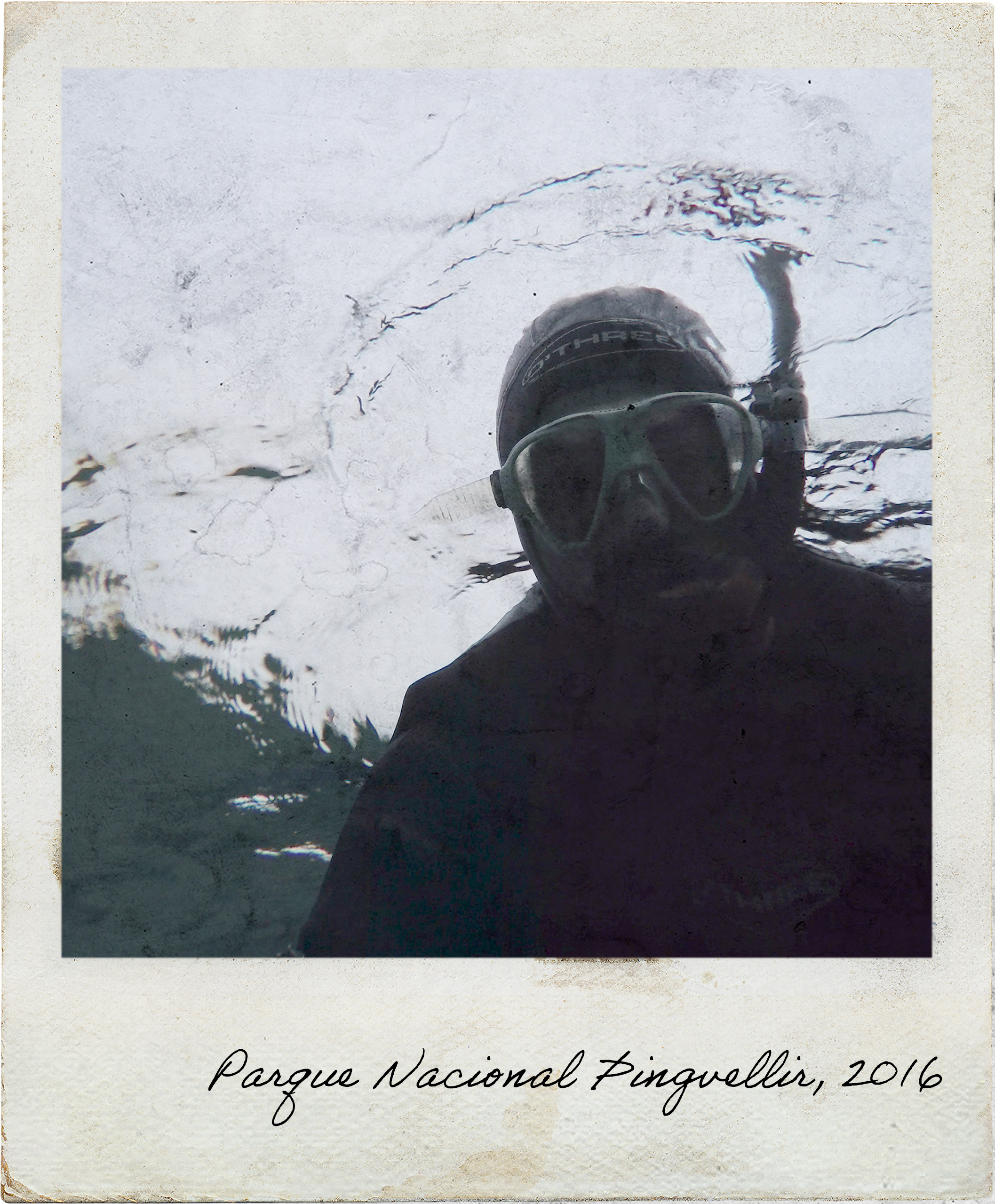
Like I mentioned before, this fissure splits two tectonic plates, the Eurasian and the North American plates. There is a bridge connecting these two plates, so technically, in that place, one can be between two continents!
The Silfra Fissure is connected to the largest natural lake in Iceland, the Lake Þingvallavatn. Being a lake, naturally it has some types of fish. However, for some reason, fish don’t venture into the fissure. They believe the reason for this is due to the volcanic activity, or due to the subaquatic currents, or maybe due to the divers who pass there every day.
Some characteristics that make the water in Silfra really special
One of the things that amazed me the most about Silfra Fissure was the amount of curiosities about the water! Yes, about the water that circulates through the fissure! It amazed me so much that I decided to dedicate a short section in this article just to the water in Silfra.
Start by the source of the water, this water comes from the second biggest glacier in Iceland, the Langjökull. However, the water doesn’t reach the fissure through any river with its source in the glacier nor nothing alike, it is via infiltration through the rocks. There is no river nor tributary to the lake, the water comes from the glacier and reaches the lake via filtration through the volcanic rocks. This filtration takes between 50 to 100 years until a single drop of water reaches the lake.Which means, with exception for the rain and snow, all the drops of water in that lake are at least 50 years old!
This filtration turns the water so pure, that it is perfectly safe to drink it while we dive! If you are into really cold water… And this is another characteristic of the water in Silfra. The water temperature is constant during the whole year, with a slight variation between 2ºC and 4ºC. Yes, if you want to dive in Silfra, regardless of the time of the year, the water will always be really cold!
While we were waiting for our dive, one person from the diving staff told us that some Americans misunderstood this story and thought the water would always stay at that temperature, regardless of where they took the water. So, they had the brilliant idea of using that water for the car’s radiator thinking it would work as an anti-freeze solution…, which clearly didn’t happen.
Dive at Silfra Fissure
The first thing to do before you even consider diving in Silfra, is checking you fulfill all the requirements. You can’t just arrive and dive, obviously, but you also need to fulfill some safety requirements. Being one of them, having the course and training for dry suit diving, or at least 10 dives with dry suit in the last two years.
What is a dry suit? A dry suit is a diving suit, but where absolutely no water gets in. It isolates so well, that you can (and we should) wear clothes underneath to keep us warm during the dive.
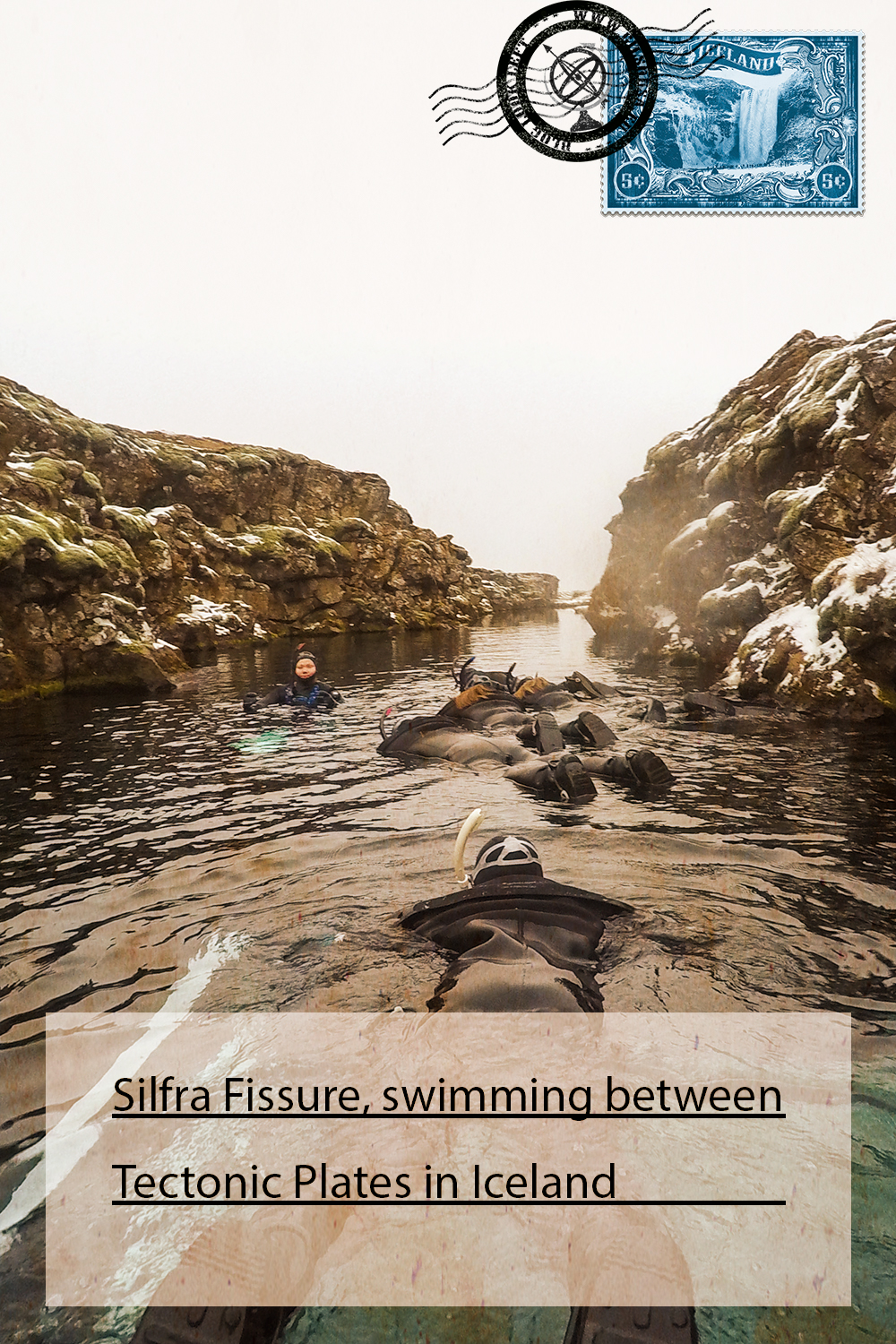
Why would we need a dry suit? Well, with the water temperature ranging between 2ºC and 4ºC, trust me when I say that you will be glad to use a dry suit and be able to wear warmer clothes underneath it!!
But if you don’t have a dry suit diving certificate, nor 10 dives using a dry suit in the last two years, that won’t block you from having a memorable experience. Of the two requirements about, I had none. Back then I didn’t even have a diving certificate at all. However, there are other options for those who can’t dive.
One of the most popular activities in Silfra Fissure is in fact snorkel, since it doesn’t require any kind of previous experience. The risks are way less, just a few scratches if we are a bit more distracted, and a bit of cold. Rarely something severe happens, but really really rarely.
For snorkel we also need to wear a dry suit, since the water temperature is still relevant. And the advantage of doing snorkel with a dry suit, is that there is no way we will sink. Of course there is always someone who tries to dive just with the dry suit, but the amount of air inside it is so much, that it ends up being funny to watch someone trying to dive. Imagine a duck with his tail up. Yep, that’s what it looks like when someone tries to dive with a dry suit without any other diving gear.
Some curiosities about diving in Silfra
It is the only place on Earth where it is possible to dive and do snorkel directly in a fissure between two tectonic places! If there was still doubt, here’s the confirmation!
Which means, in certain places it is also possible to touch in two continents at the same time. In certain areas, where the fissure is tighter, or closer to the bottom, the two tectonic places are at a distance inferior to two open arms.
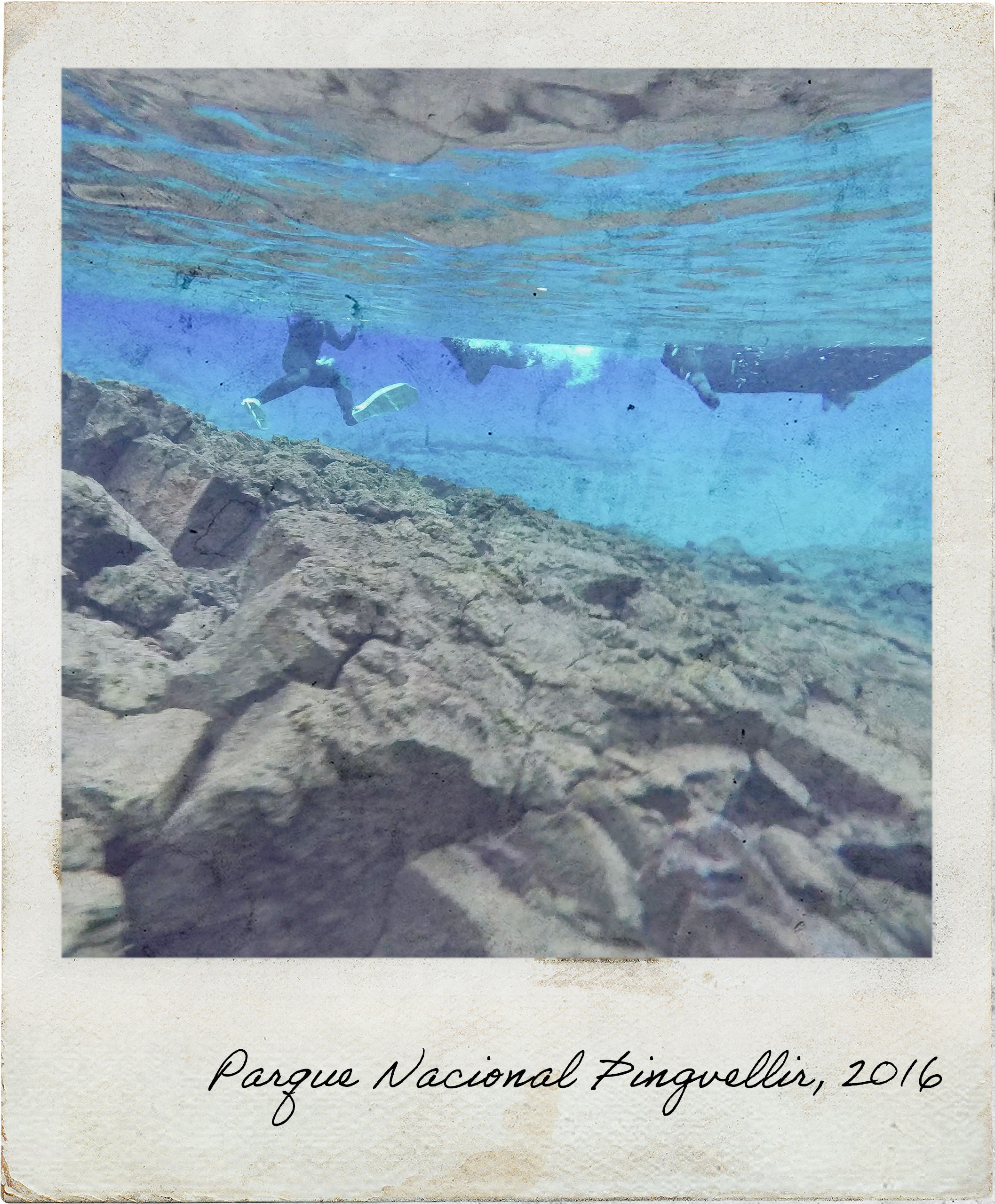
One of the characteristics of the purity of the water, it is one important factor for the subaquatic visibility, which in Silfra is over 100 meters! It is one of the most crystal clear and pure waters in the world!
Due to the constant temperature of the water, it is possible to dive in Silfra during summer and winter. However, there’s a higher risk of cancelled dives in winter, due to the fact that the equipment can freeze, which would be quite dangerous for the divers. But if you want to do snorkel, your chances of having a cancelled experience are much lower.
Places to dive in Silfra
There are 4 main diving sites, being one of the only allowed to really experienced divers, with dry suit diving course and also cave diving course. This section is called the “Toilet“, and this is due to the fact that the currents are so strong, that the divers are pushed like if they were inside a toilet. Hence this “interesting” name. This tunnel is the only connection between Silfra fissure and the cave, which most of it goes under the road.
The site where the divers get in the water until the first place to visit, Silfra Hall, are just 30 meters swimming. Under the platform you can find the entrance to the “Toilet“, but we are not heading that way. We will keep swimming towards the fissure until we pass Silfra Hall, which connects to a system of underwater caves with maximum depths of 45 meters. It is possible to swimm between the rocks at different depths in this section.
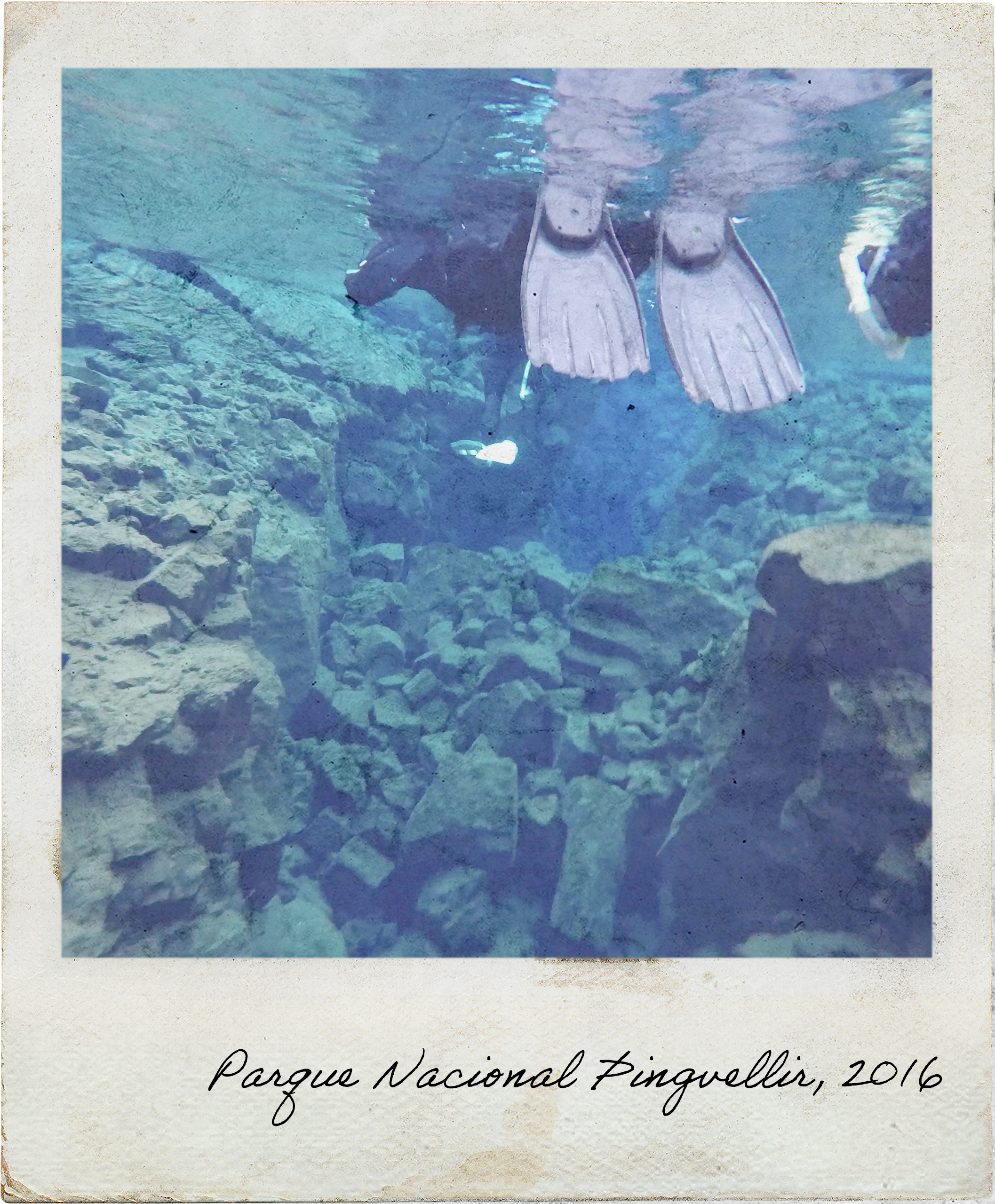
Until we reach the next diving site, we will go through a distance of about 200 meters, with some ascents and descents (if we are diving). Until we reach one point where we really have to reach the surface, so that we can cross to the next section. Due to rocks that got stuck in the fissure at low depth lives. Even those who will do snorkel will feel this difference, it is important to be careful in this passage to avoid getting hurt.
The next site is called Silfra Cathedral, it is the most impressive part of the dive! With an extension of about 100 meters, from the start until the end of the cathedral, and depths up to 20 meters. The water is so pure and crystal clear, that divers can even see the whole cathedral from one side to the other!
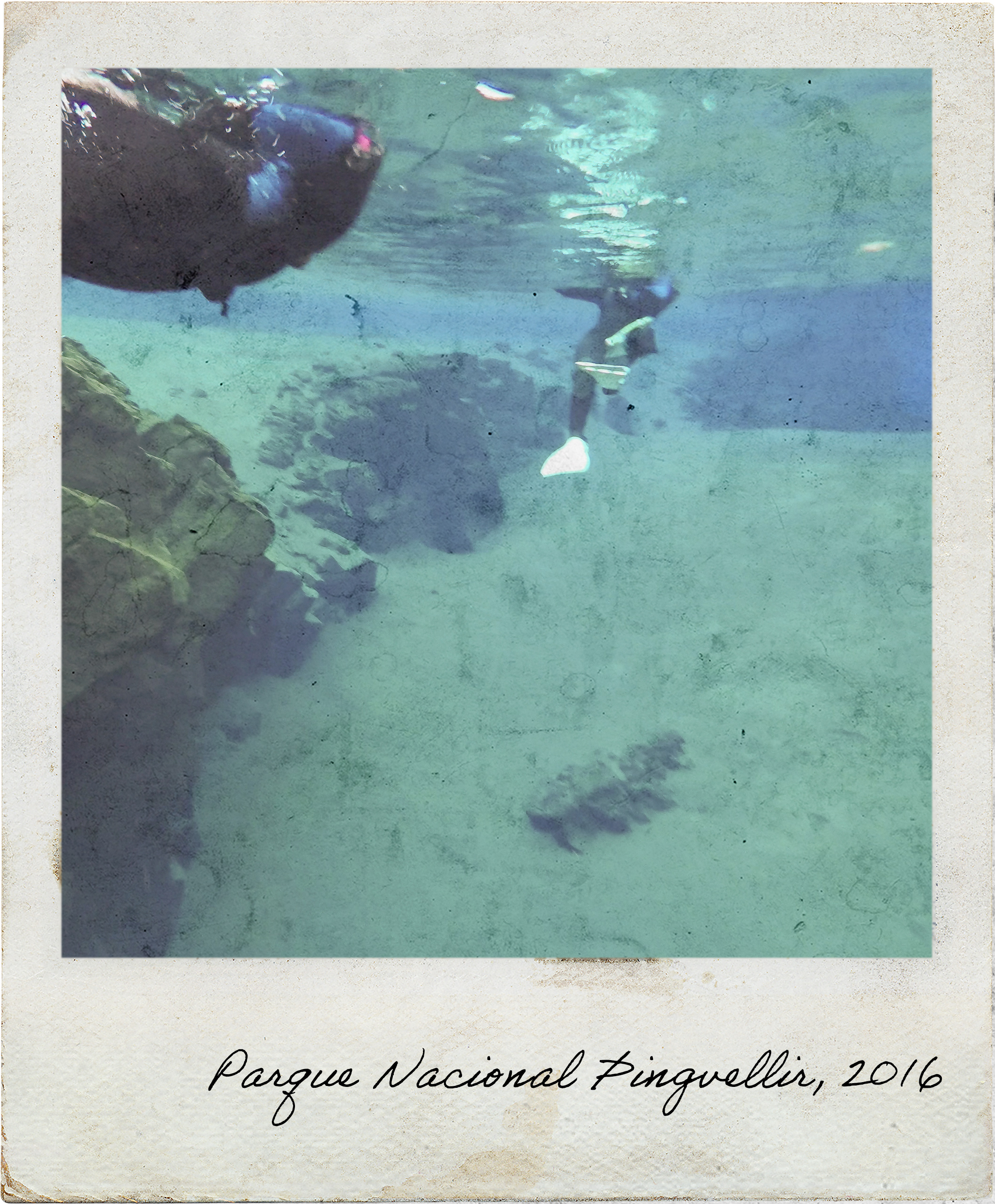
The cathedral section ends with one sand bank, with depths between 2 and 3 meters, where the currents speed up and take the divers to the last section of the dive.
The Silfra Lagoon, where the purity of the water and the visibility become even more obvious. The distance from one corner to the other is of about 120 meters, and the divers can see clearly the other side! The other side is also where the dive ends, from there until the parking lot is just a small walk. Excellent to warm up the body a bit after a dive in so cold waters!
A few things to take into account before the dive
Those who want to dive in Silfra, clearly have the goal to take photos and/or film with a GoPro. But keep in mind that batteries tend to discharge faster with lower temperatures. The snorkel lasted more or less half an hour, and if you want to film under water, take a well resistant batter! 30 minutes doesn’t sound much, but it is enough to drain the battery and missing those moments and images that you want to record.
The dry suit protects almost the whole body, but some parts are more exposed. You will stop feeling your face in about 2 minutes, it will be a bit painful at first, but the face will become numb with the cold. In the end you will feel more the cold, when the wind hits your ears, but inside the water you will even forget that the water is in direct contact with water so close to the freezing point.

But regarding the hands, we will have some gloves that are meant to be permeable and let water in. Don’t worry about this, the body will warm up that water, and your hands will feel comfortable. But you should also avoid moving your hands too much, or else those movements will make the water move and pump the warm water out of the gloves, while more freezing cold water will join your fingers.
It sounds complicated to swim without using the arms, but the dry-suit is like a giant buoy. You can swim perfectly with your arms behind your back, without moving them.
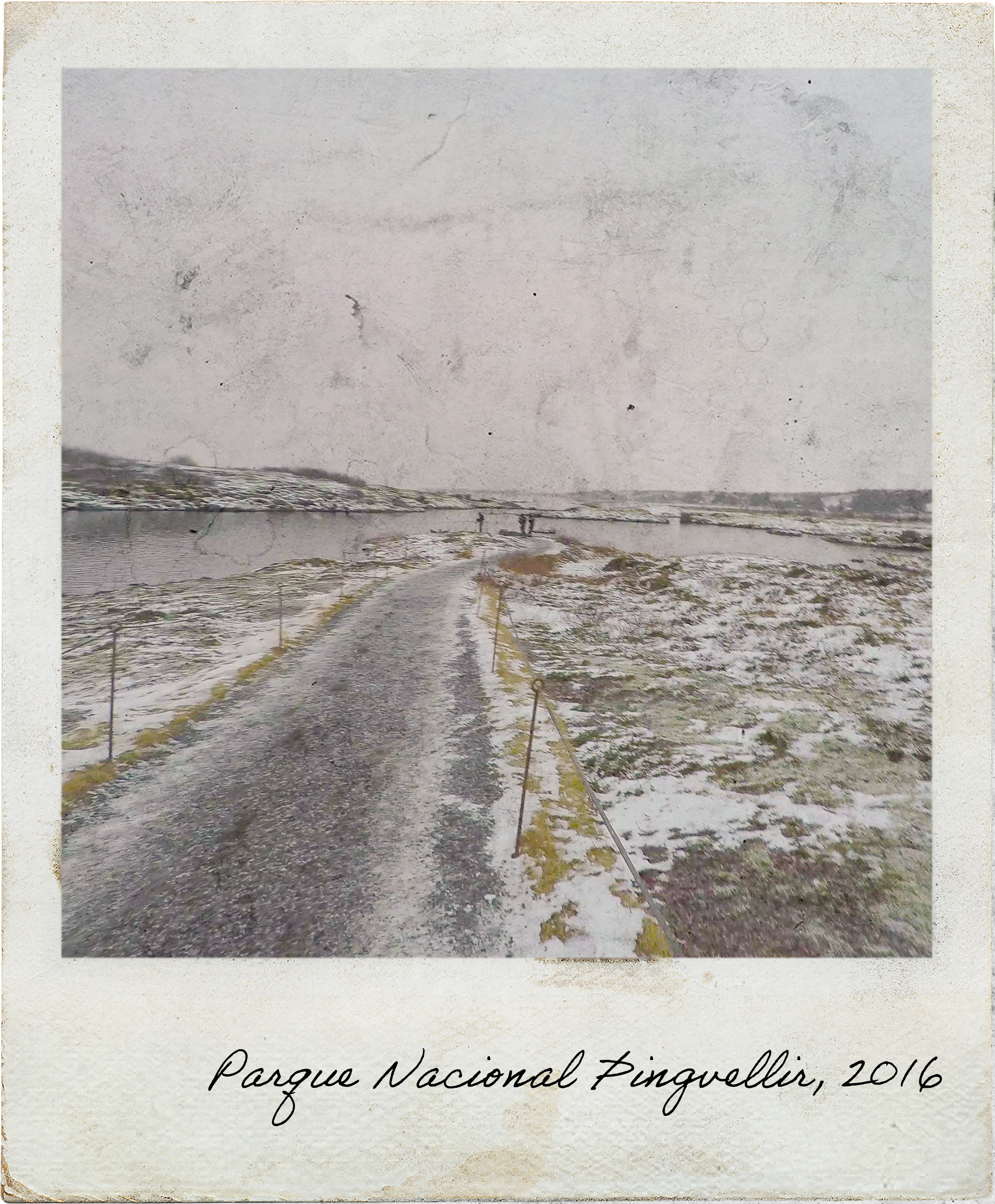
Now the problem is with photographing or filming… I suffered quite a bit with the cold in my hands, because I wanted to film and photograph everything! Which means, I was constantly moving, constantly moving my arms with the GoPro to try to record some images. Not that pleasant.
For snorkel, even those who can’t swim well can do it perfectly in Silfra. Like I mentioned before, the dry suit is like a giant buoy, you can try to sink, but you won’t make it. However I highly recommend you to do it, it will be quite fun for the other people to see it! For you? Not so much…
Where is the Silfra Fissure and how to get there?
Silfra is inside the Þingvellir National Park, which is about one hour by car from Reykjavík. It is possible to drive until very close to the Fissure, and then walk a bit, but the parking park really close to the fissure is reserved for divers and the diving agencies.
The road until the Þingvellir National Park Visitor Center is really good, but from there to Silfra you will need to drive through a dust road. The road is perfectly drivable by any car, and I believe that it isn’t even restricted by the rent-a-car companies.
There are tourism agencies that organize the dives and the transport from Reykjavík. But you can also drive directly to the Visitor Center, and from there join the group that you booked (in advance) the dive with.
For those who don’t want to swim, you can simply drive until the Silfra Fissure, walk around the are. Obviously, without damaging anything!
Regardless of the intent of your visit, Silfra is one of the many fantastic places to visit in Iceland. It is part of the Golden Circle route, and due to that it is quite popular. And there’s a good reason for that, it is a really special place which I highly recommend a visit, and preferably with a dive!



Leave a Reply